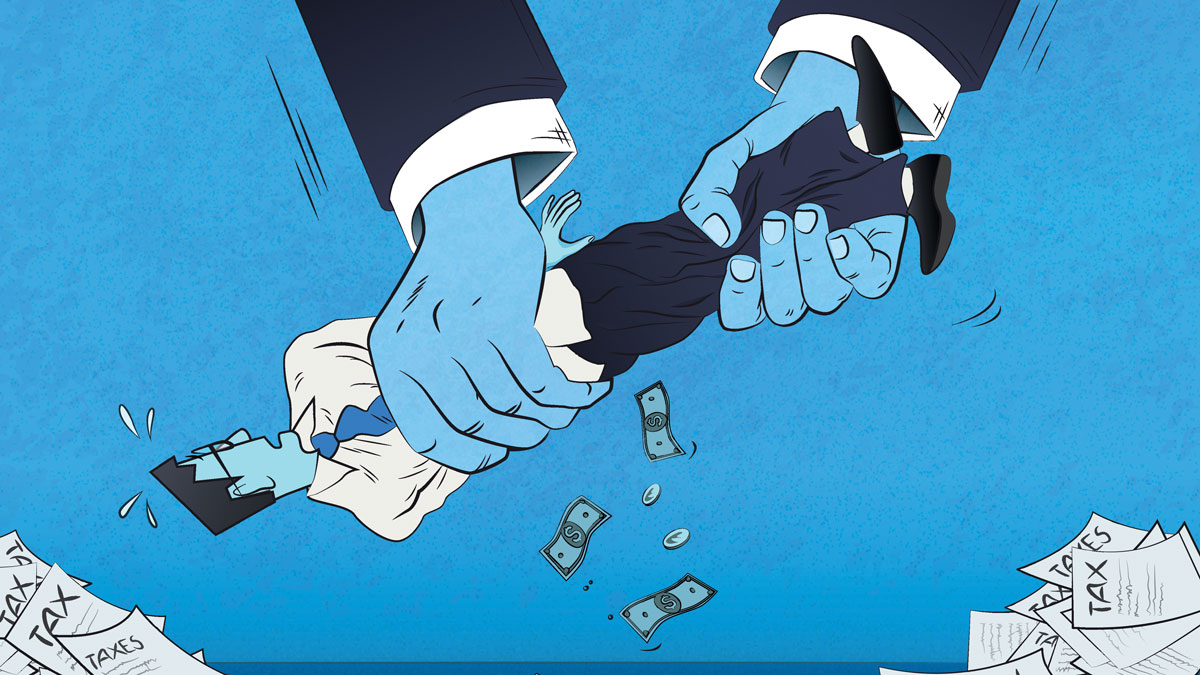Businesses Fail All the Time. It’s Not Your Fault. Or Is It?

Just in the last couple of weeks, The Berkshire Eagle has reported on local prominent closings and quasi-closings. Still others shuttered without a whimper. And even more struggled to keep up with the gain in market share that their competitors grabbed.
The missteps that cause some businesses to fail are the same steps you can take (and get right) to potentially make your business more competitive. It is said that failure is the best teacher, and I agree. But it doesn’t have to be your failure.
Sometimes businesses close because the owners are great at their craft, but the industry, or the world, changes around them. Small businesses love to tell you how long they’ve been around.
Because the failure rate of new businesses is so high for the first few years, there is some value to having had your open sign up for a decade. But after that, nobody cares. Age doesn’t translate to meaningful experience or profitability, or skill set. It just means you’ve done the bare minimum to keep your lights on.
Both locally and nationally, storied companies of legendary status, bridging generations of customers, close every year.
It might not take much of an industry disruption to push you into failure. For instance, the shopping experience has become less transactional and more experiential. If you’re a retailer, you may disagree with that because you see yourself losing business to the Amazons of the world, as you see customers shopping just for the lowest cost. You’re wrong.
Sure, customers are savvier today than they used to be, and that’s part of it. But I continue to see small-business owners trying to promote their version of top-notch customer service, but is it? Are you really providing the experience your potential customer values? Or is it just that you’re clinging to the old-fashioned way of doing things and expecting your customers to appreciate that over what is more important to them?
Is the value of you knowing their name more important to your customer than having an endless stock of inventory at their fingertips? Is a handshake greeting and a smile enough to bridge the gap of the convenience of commanding next-day delivery by pushing a few buttons on a phone?
You’re not immune to this if you’re in the service industry, not when your competition is doing a better job of telling your prospective clients how they can solve their problems.
Hope is not a strategy
Sometimes the business closes because the owners love their craft and use hope as a strategy, but hope is not a strategy. They hope that sales will grow without putting in the effort to reach out to their preferred customers in a manner in which those customers prefer to be informed.
I see that a lot from small businesses around here. Local companies close, and their exit interview with the local press squarely places blame on a “lack of community support.” That was the case of Kimberly, a Berkshire second-home owner who primarily resides and has a business within the Route 128/Interstate 95 corridor. Kimberly had what would have been considered by most of u,s small-town Berkshire folks, a pretty successful business, selling a line of athleisure to the tune of $24 million of revenue per year.
If you know the sector, athleisure (yoga pants, wicking T-shirts, stuff like that) has been booming for the last decade with little signs of slowing down. She wasn’t close, yet, to becoming the next Lululemon or Koral, because, as she puts it, “there was a lack of interest from the public for my business offerings.”
She was right. Kinda. But like so many failed Berkshire business owners, she put the blame squarely on “the public.”
More precisely, Kimberly failed to connect with her target audience because she didn’t consider and prioritize her potential customers’ wants and needs.
In any sector, to be successful, your value discipline model must prioritize one of the three areas. You must have:
- Product leadership (think Apple, with product innovation with dominant research and development);
- Operational excellence (think Southwest Airlines, with the lowest-cost price and dominant logistics);
- Or customer intimacy (think Ritz Carlton, with the best customer solutions and dominant CRM use).
Businesses that try to excel at more than one, or don’t perform at a minimum of the others, do poorly, or even fail.
Kimberly was smart enough to outsource the operational side to departments that themselves excelled at manufacturing and logistics. She went into the sector, in part, because of the smart demographic research, but also because she took great pride in her craft — funky designs on quality material.
Kimberly’s downfall was her certainty that her customers wanted great designs, at any price. Her costs weren’t outrageous compared to market leaders, although they were a bit higher because of a lack of economy of scale and use of higher-quality fabrics and stitching. But they were high enough where her price points were comparable to those co-branded by the likes of SoulCycle, Equinox and Peleton, which are more expensive than other options and attract a certain type of shopper.
Her higher price point for her athleisure made it what’s called an “aspirational purchase,” which is intended to invoke a certain emotion, and promote a certain status. Kimberly failed to recognize what her potential customers really wanted, which is to show that they belonged to a tribe.
I am talking to you now. With peace and love, I’m telling you, this ain’t the field of dreams, Cupcake. If you build it, they will not come. It’s not the customer’s failure to shop with you. It’s your failure to connect with the target audience and demonstrate real value.
Of course, you and I can both add to that list of potential reasons for failure, such as being unable to compete against market leaders, or an inability to control expenses. For Kimberly, her boat was lifted by a rising tide, but she stopped paddling, became adrift, and eventually shipwrecked as she drowned in the debt burden of carrying excess inventory and overreaching on vendor commitments.
Ask your best customers why they do business with you. Then ask your most prized prospective clients why they aren’t doing business with you. Don’t assume that the experience you are offering your customers is the experience your next customer might value the most. If you do make that assumption, you may find that, instead of gaining a competitive advantage, you’ll fail. And it will be your fault.
Allen Harris is the author of “Build It, Sell It, Profit — Taking Care of Business Today to Get Top Dollar When You Retire,” and the owner Berkshire Money Management in Dalton.
This article originally appeared in The Berkshire Eagle on December 17, 2019.
Allen is the CEO and Chief Investment Officer at Berkshire Money Management and the author of Don’t Run Out of Money in Retirement: How to Increase Income, Reduce Taxes, and Keep More of What is Yours. Over the years, he has helped hundreds of families achieve their “why” in good times and bad.
As a Certified Exit Planning Advisor, Certified Value Builder, Certified Value Growth Advisor, and Certified Business Valuation Specialist, Allen guides business owners through the process of growing and selling or transferring their established companies. Allen writes about business strategy in the Berkshire Eagle and at 10001hours.com.






